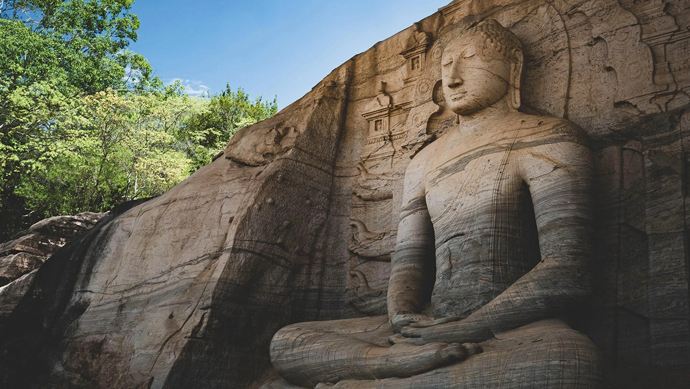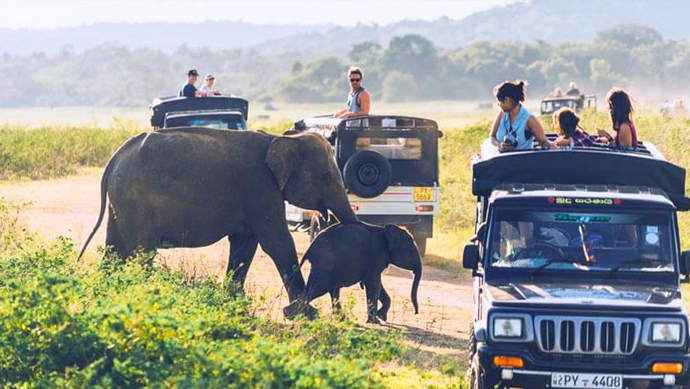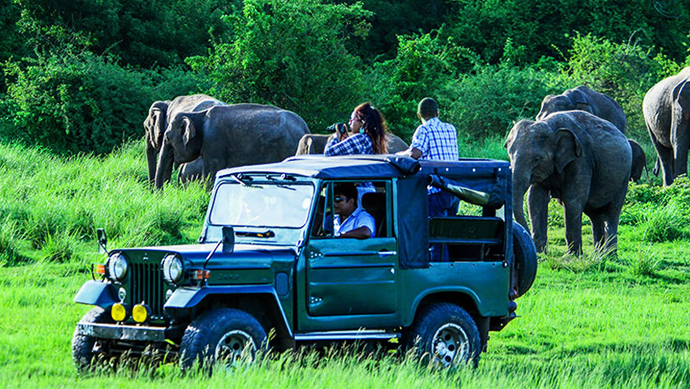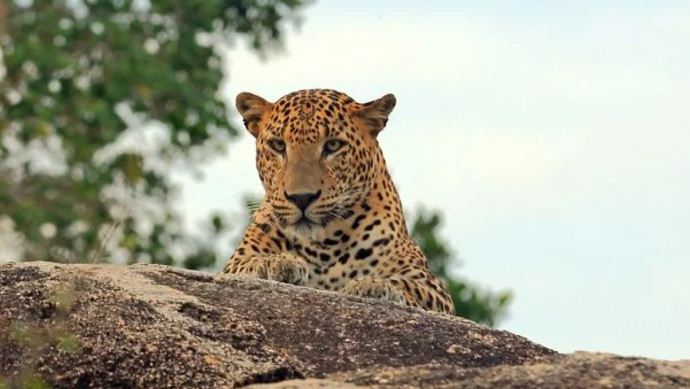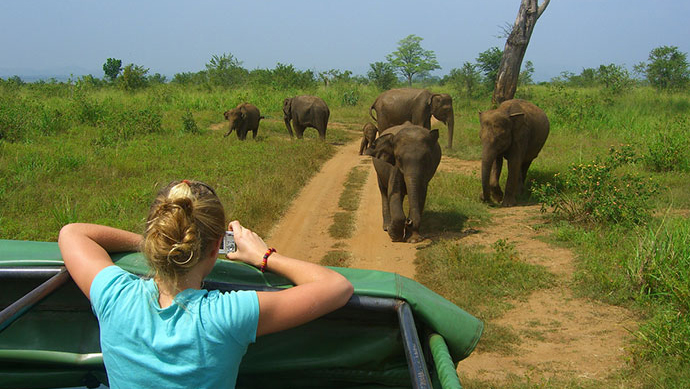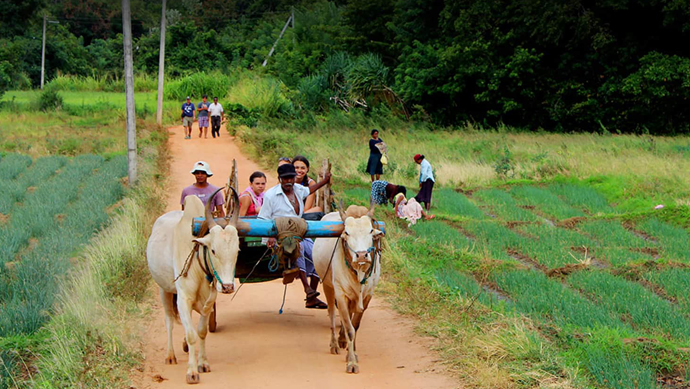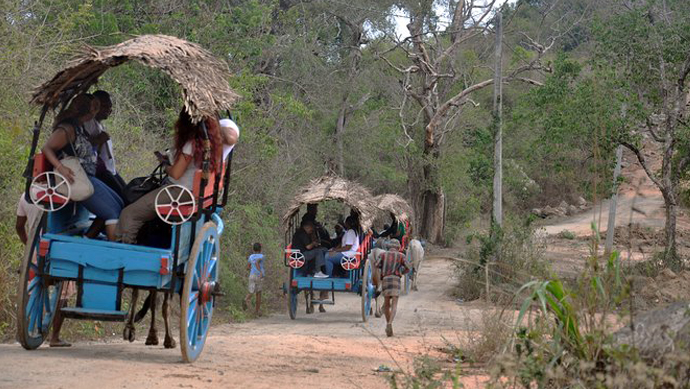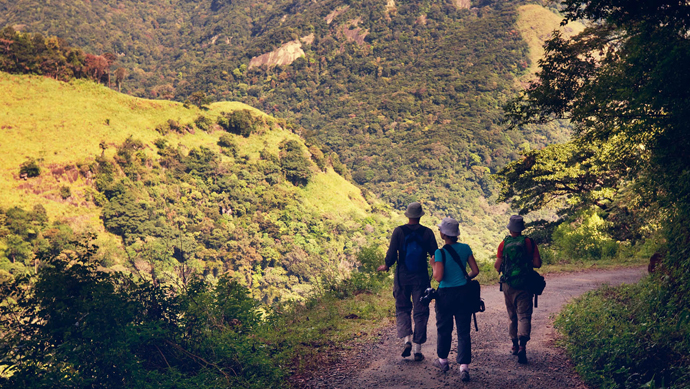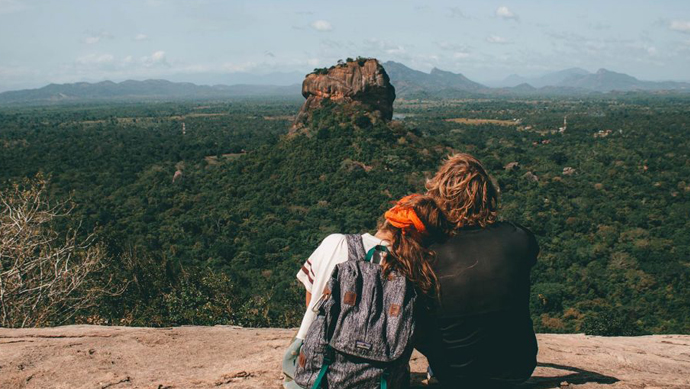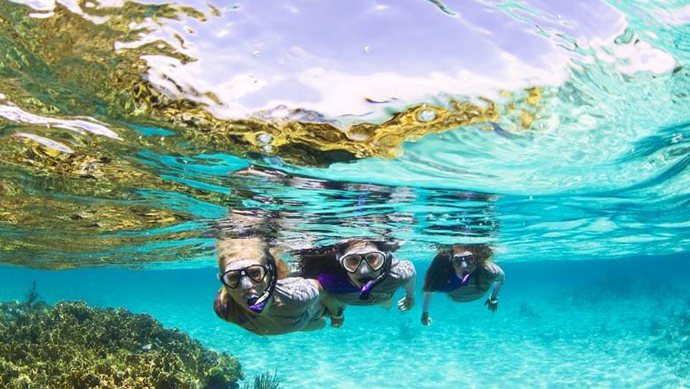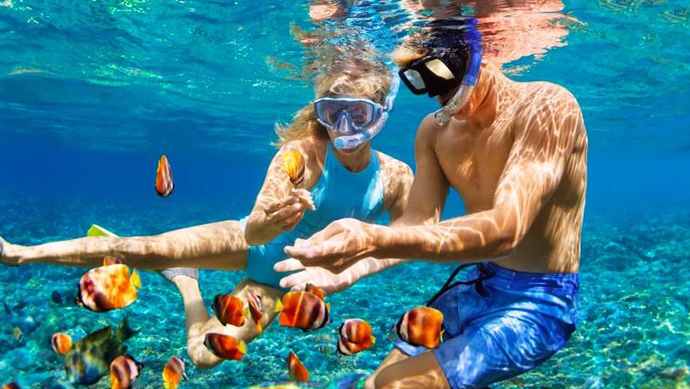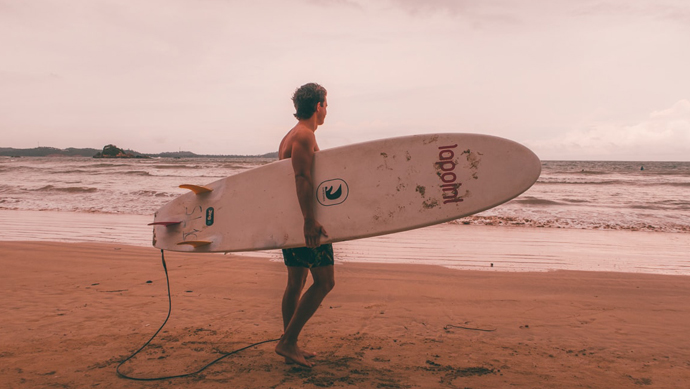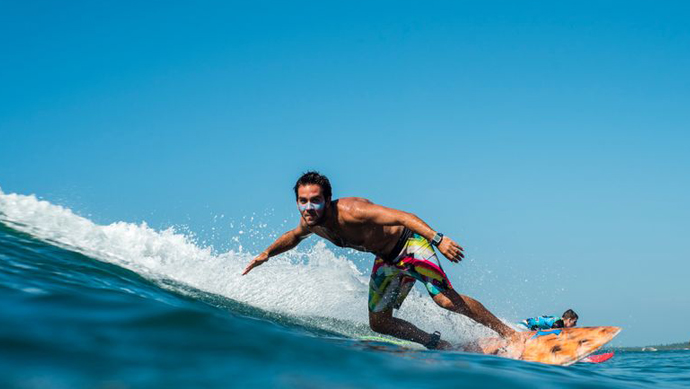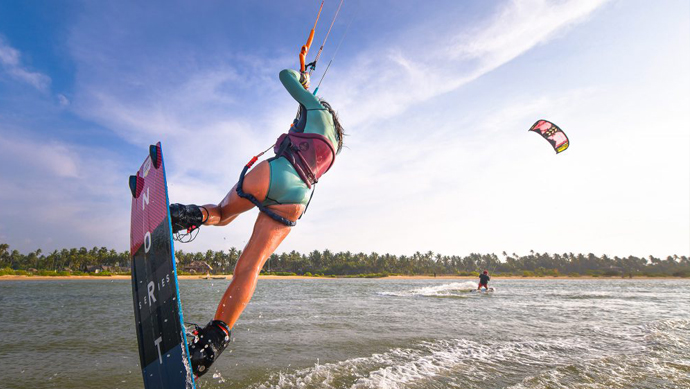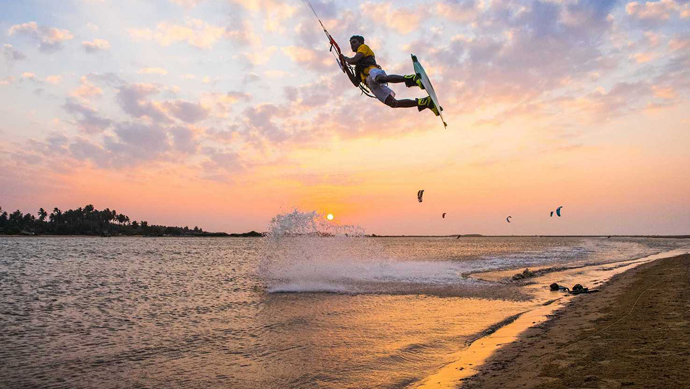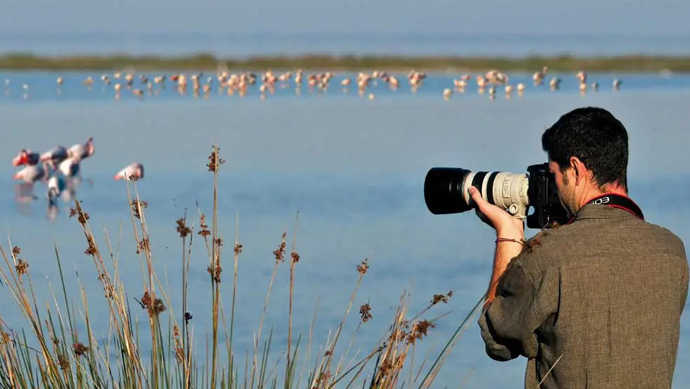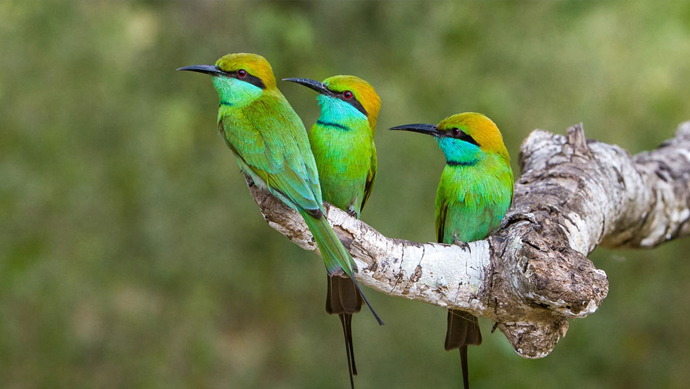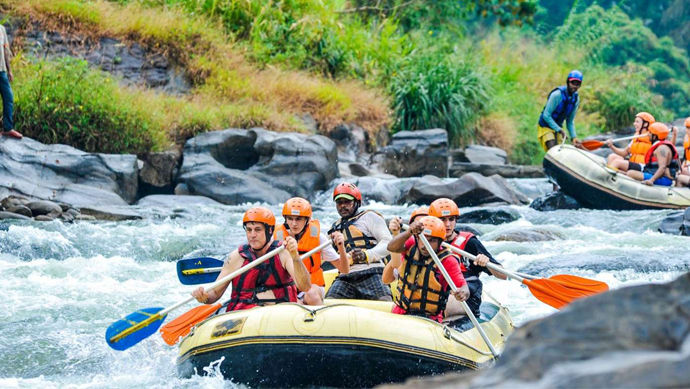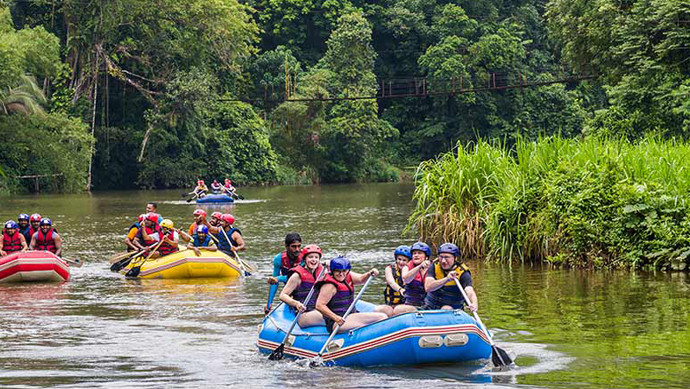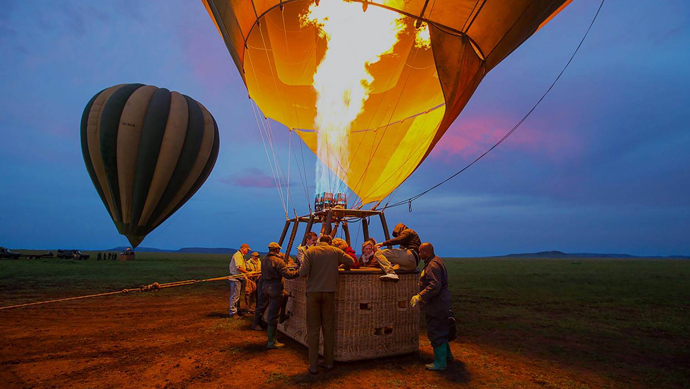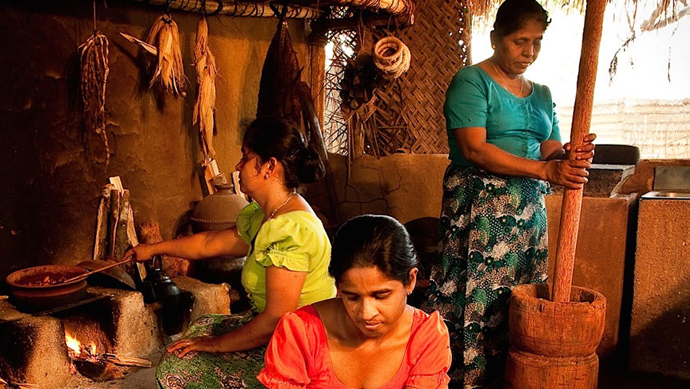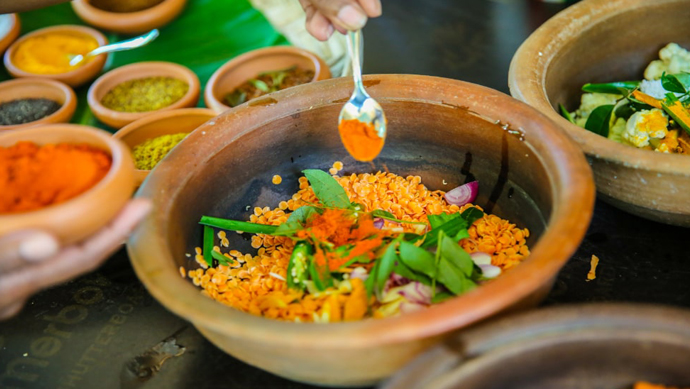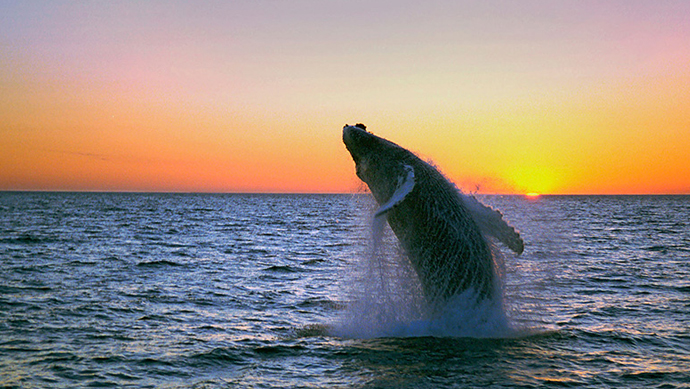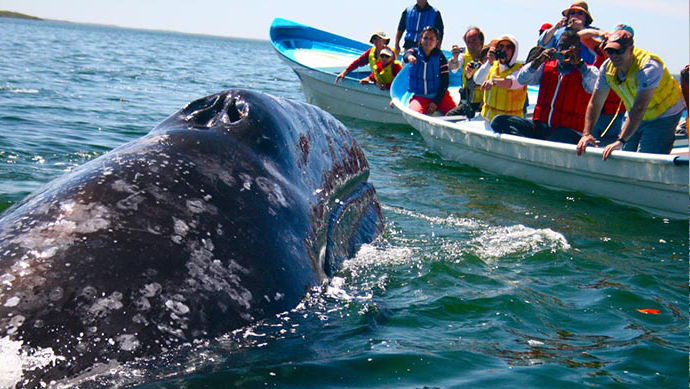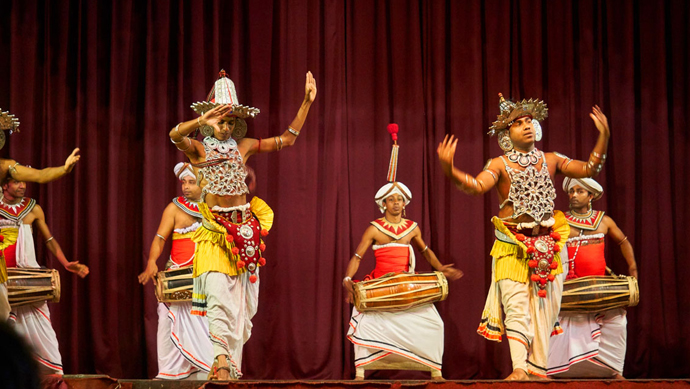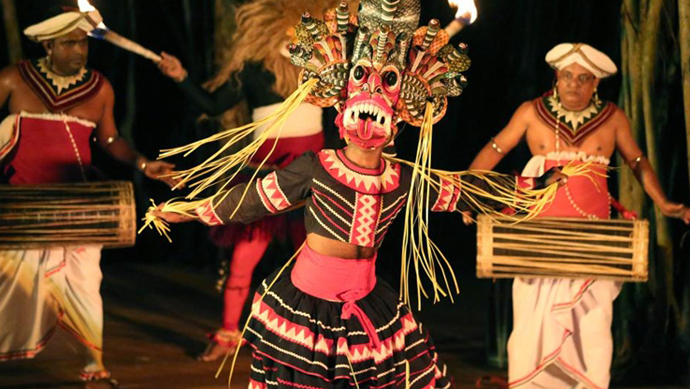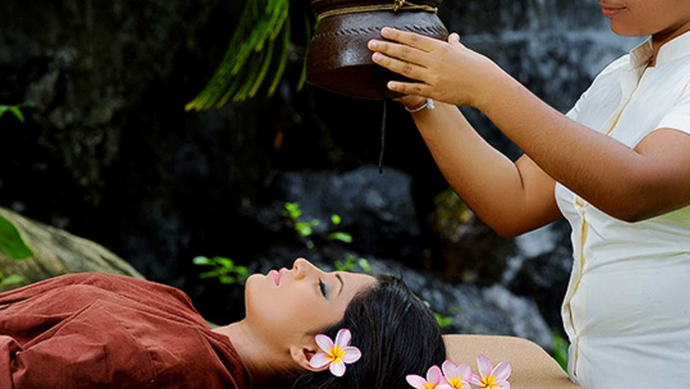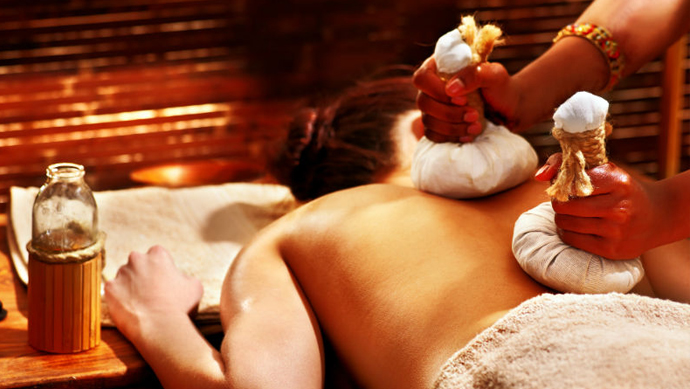Sri Lankan cuisine is a delightful fusion of flavors influenced by its rich history, diverse cultural heritage, and abundant tropical ingredients. A cooking demonstration in Sri Lanka would be a fantastic way to immerse yourself in the local culinary culture and learn how to prepare authentic Sri Lankan dishes.
Selecting Ingredients - The demonstration might start with a visit to a local market or spice garden, where you'll have the opportunity to select fresh ingredients such as vegetables, herbs, spices, and possibly seafood or meat, depending on the dishes being prepared.
Introduction to Spices and Ingredients - The chef or instructor will introduce you to the key spices and ingredients used in Sri Lankan cooking, explaining their flavors, health benefits, and culinary uses. Sri Lankan cuisine is renowned for its use of aromatic spices such as cinnamon, cardamom, cloves, cumin, coriander, and curry leaves.
Preparation Techniques - You'll learn traditional Sri Lankan cooking techniques such as tempering spices, grinding pastes, and preparing coconut milk from scratch. These techniques are integral to achieving the authentic flavors of Sri Lankan dishes.
Hands-On Cooking - Participants will have the opportunity to get hands-on experience in preparing various dishes under the guidance of the chef. This could include making rice and curry, hoppers, roti, sambols, and desserts like watalappam or kiribath.
Cooking Tips and Tricks - Throughout the demonstration, the chef will share tips and tricks for achieving the perfect balance of flavors, textures, and aromas in Sri Lankan cuisine. You'll learn about the importance of balancing sweet, sour, salty, and spicy flavors in each dish.
Tasting Session - After the cooking is done, everyone will gather to enjoy a delicious meal together, sampling the dishes that have been prepared during the demonstration. This is a great opportunity to savor the flavors of Sri Lankan cuisine and ask any questions you may have about the dishes.
Recipe Sharing - Finally, you'll receive printed recipes for the dishes that were prepared during the demonstration, so you can recreate them at home and share the flavors of Sri Lanka with your friends and family.
Overall, a cooking demonstration in Sri Lanka is not only a fun and educational experience but also a wonderful way to appreciate the richness and diversity of Sri Lankan culinary traditions.
